Independent Women’s Voice applauds U.S. Senate candidate Leora Levy (R-CT) for signing the Women’s Bill of Rights
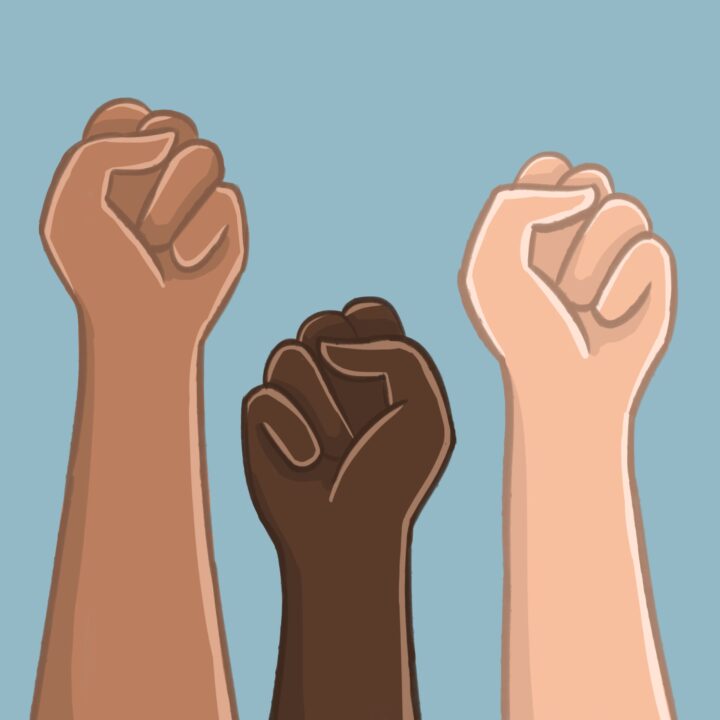

Independent Women’s Voice applauds U.S. Senate candidate Leora Levy (R-CT) for signing the Women’s Bill of Rights

Abstention from sex with men until a reversal of the Supreme Court’s recent decision on Roe Vs. Wade cometh.

Musician and TikTok phenomenon Addison Grace released their single, “I Wanna Be A Boy,” that discusses their own intimate tour with gender. Throughout writing the song and exploring what gender truly meant to them, Addison was able to discover their pronouns – he/they – and come out as nonbinary. Addison sings, “I guess I wanna […]
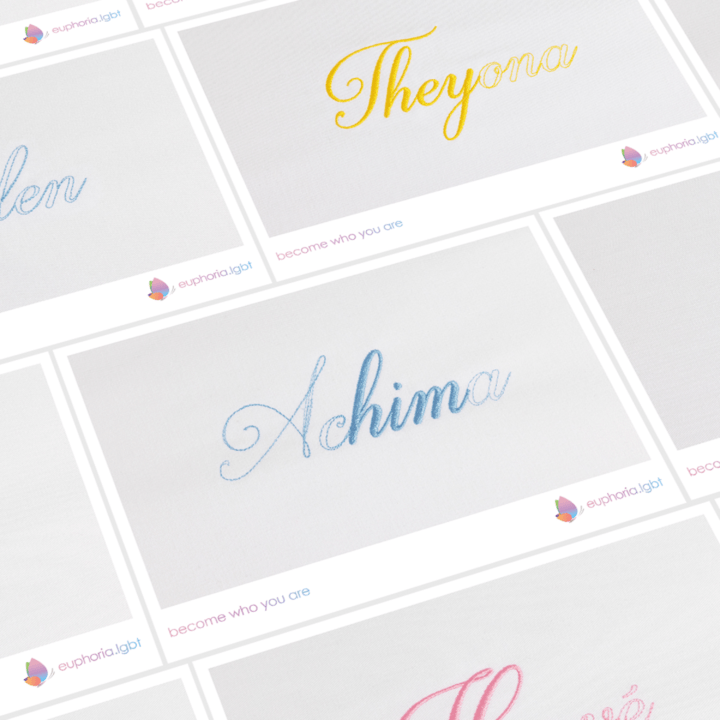
Euphoria.LGBT unveils a new campaign inspired by the Pronouns for Transgender Awareness Week Euphoria.LGBT, Inc. is launching a new tagline, “Become who you are,” intending to synthesize the message from the transgender community to the world. The quest of the transgender community to recognize, accept, and embrace their true identity is an inspiration for each of […]
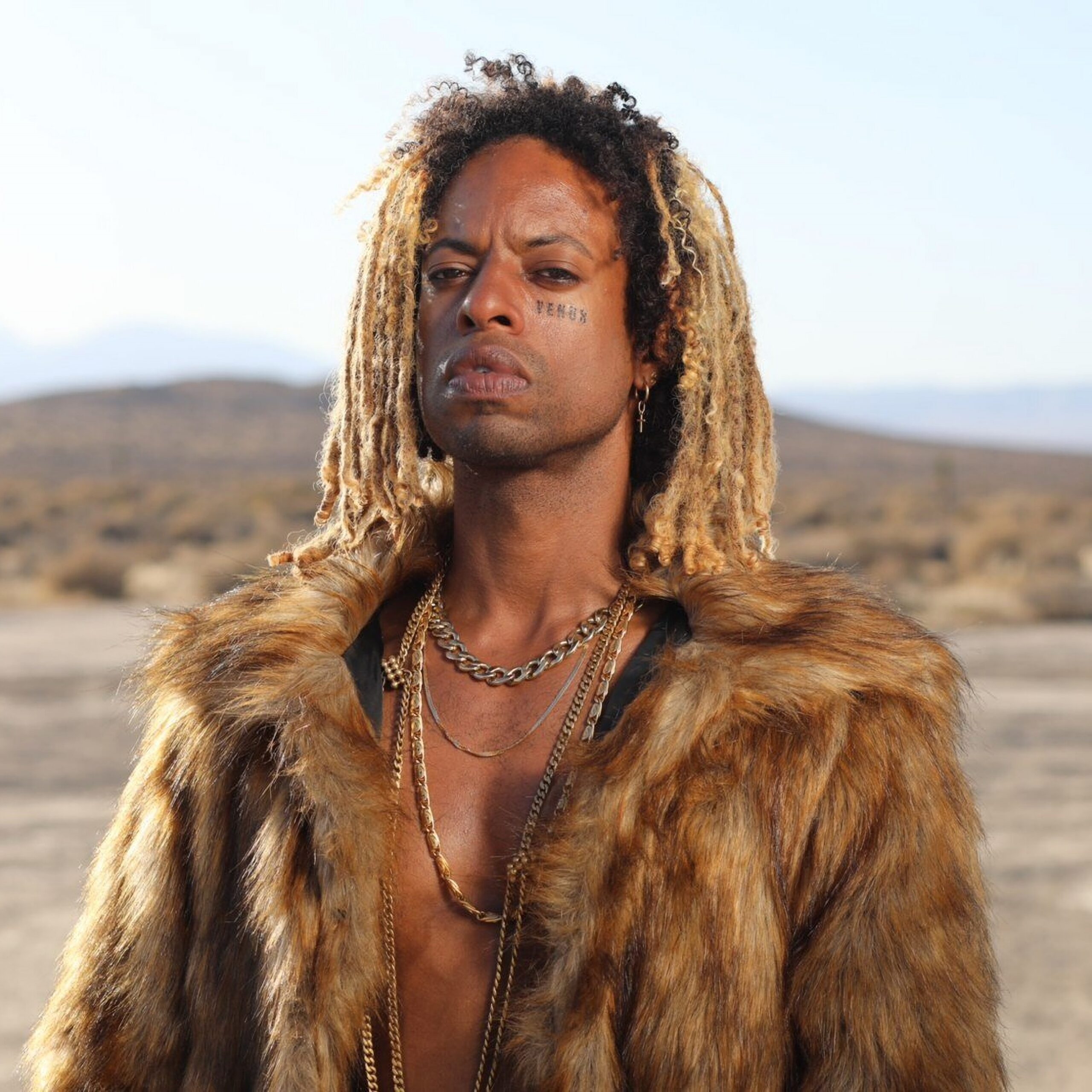
Lost Ones Will Release VENUS AS A BOY on PVOD On September 24th. Ty Hodges serves as director, writer, and star. The film co-stars Olivia Culpo and Trace Lysette. The current run-time is 104 minutes, or 1 hour and 24 minutes. Synopsis Hunter, a freewheeling artist navigates heartbreak, addiction, and LA’s impossibly hip gallery scene. […]
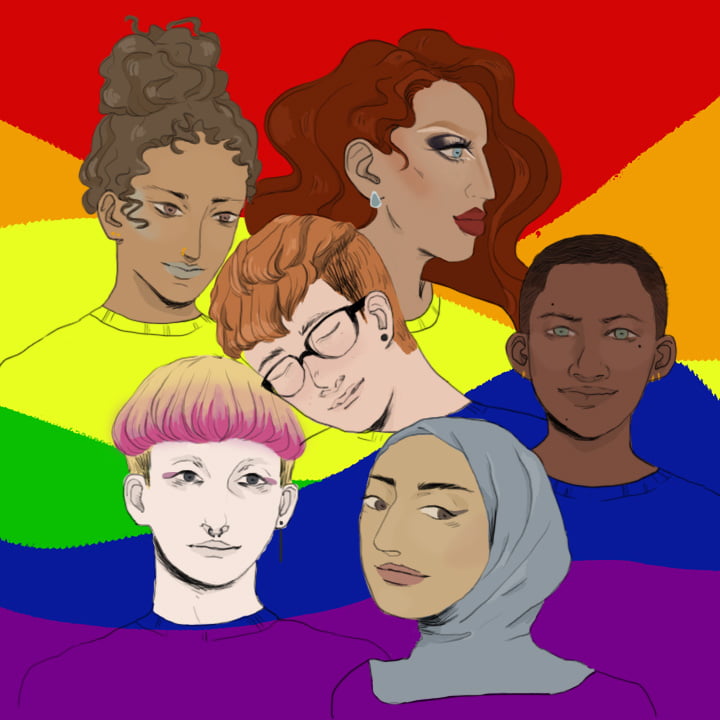
By: Clara Guthrie Members of the Senate Armed Services Committee have proposed a revolutionary reconfiguration of the federal military draft that is aimed at including women in the Selective Service System, according to a release from POLITICO. As the law stands now, all American men must register for the service when they turn 18, although the […]
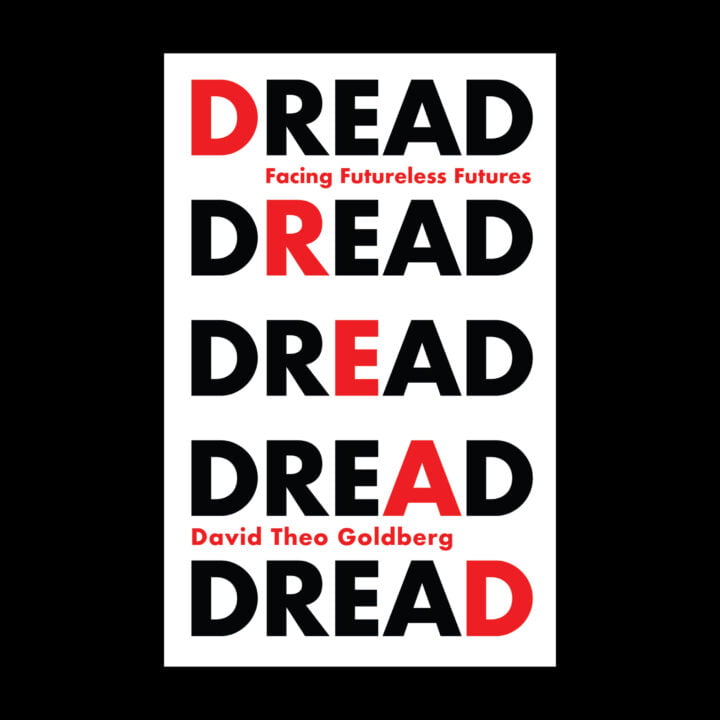
A pervasive sense has taken hold that any and all of us are under suspicion and surveillance, walking on a tightrope, a step away from erasure of rights or security. Nothing new for many long-targeted populations, it is now surfacing as a broad social sensibility, ramped up by environmental crisis and pandemic wreckage. We have come to live in […]
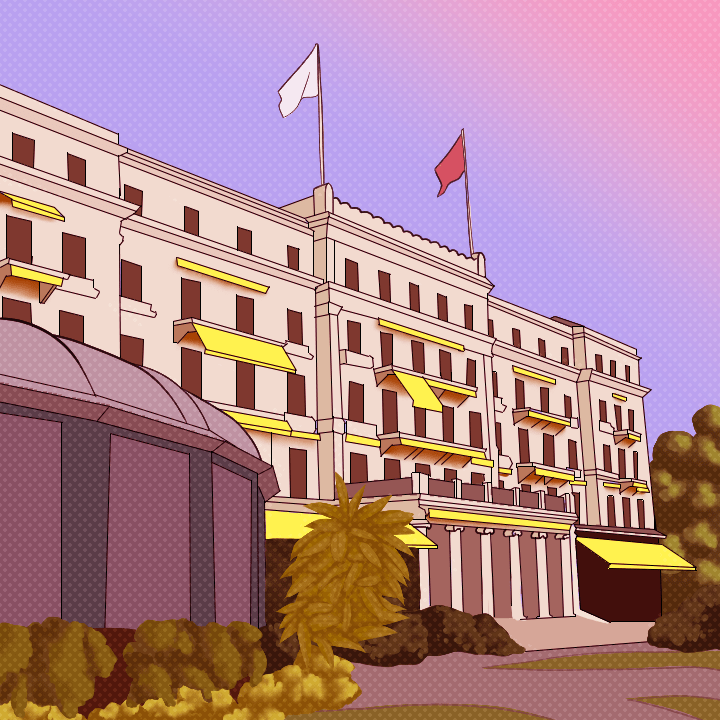
The Beau-Rivage Palace Hotel marks its 160th anniversary with a gender revolution. When Lausanne’s iconic Beau-Rivage Palace Hotel opened its doors on the shores of Lake Geneva in 1861, it was financed by men, managed by men, promoted by men, and staffed almost entirely by men. Women were engaged to make beds and wash dishes. […]

Joel Peterson, Stanford Professor and former JetBlue Chairman, writes about his experience navigating the minefield of woke hostility in his piece My Road to Cancellation: “Wokeism,” America’s new civil religion, draws on elements of neo-Marxism, critical race theory, social justice and identity politics. Its adherents believe it will lead to a more just society. Its detractors, […]

A Group Show Curated by Indira Cesarine OPENING RECEPTION: April 17, 2021 VIP Preview 1pm – 3pm // Opening Reception 3pm – 8pm EXHIBITION ON VIEW: April 17 – May 28, 2021 45 Lispenard Street, NYC 10013 The Untitled Space is pleased to present “UNRAVELED: Confronting The Fabric of Fiber Art” group show opening on April 17 and on […]